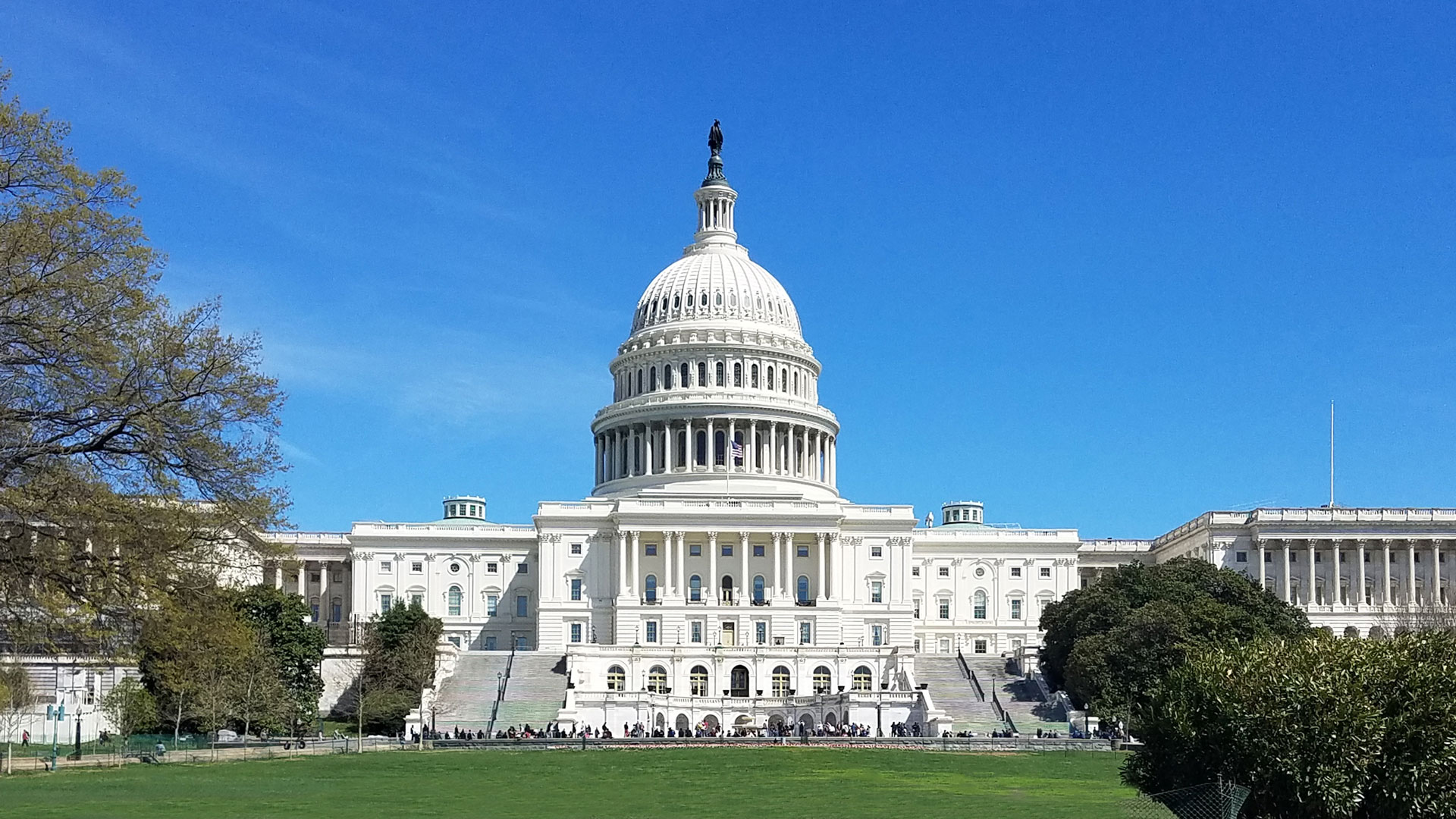Why Everyone Should Care About the Farm Bill
Most people haven’t heard of the farm bill. If they have, they might know that it dictates how money is spent on things like crop insurance or SNAP benefits, but most struggle to understand it at any depth. Even seasoned food and nutrition policy experts/professors have described the task of teaching the farm bill as insanity-producing. But it’s an important bill, with far-reaching consequences, so giving up is not an option. That’s what makes Daniel Imhoff’s recently-published “The Farm Bill: A Citizen’s Guide” a welcome and much-needed source for translating farm bill legalese.
The Farm Bill Influences Your Life
As a follow-up to his earlier guide, “Food Fight,” Imhoff’s latest book on the farm bill outlines why the farm bill is “the most important legislation that most citizens [have] never heard of – and one that [affects] them three meals a day…” This claim is not unreasonable: according to a poll taken by John Hopkins Center for a Livable Future, just one in five citizens are familiar with the farm bill. And given the blank stares I receive when talking about it to friends and family, it seems plausible to me.
If you think the farm bill doesn’t affect you – you might not be a farmer, after all – think again. Imhoff and his co-writer Christina Badaracco remind us that the farm bill affects anyone who cares about climate change, local food systems, health care, poverty, corporatization, school food, federal deficits, or, anyone who just happens to pay taxes. (Lookin’ at you.)
Who Benefits from the Farm Bill?
Imhoff has written a thorough and navigable history of the farm bill starting with the farm crisis during the Dust Bowl. It was a crisis developed by overplanting, which led to an oversupply of crops and thus falling prices – not unlike the dairy crisis farmers are experiencing today. The farm bill was introduced in 1933 as a way to support farmers during this crisis, while also addressing hunger. It would do so by purchasing surplus farm products during fruitful years and preserving it for future use in times of widespread hunger, thereby federally supporting farmers and taking care of hungry Americans. But agriculture in our country evolved, resulting in farms growing and consolidating. Price supports progressively began to benefit agribusinesses — these big farms growing commodity crops — instead of small diversified farms.
For anyone interested in following the money, Imhoff has laid out how industry uses lobbyists to influence how legislation is written, often leaving open loopholes where large companies can benefit from programs not originally intended for them. Take, for example, the EQIP program of the Conservation Title, otherwise known as the Environmental Quality Incentives Program. EQIP was authorized in 1996, offering funds to producers who maintain clean air and water. Financial incentives were intended to support beginning or disadvantaged farmers, and the program encouraged cover cropping and practices that reduce soil erosion and air pollution. The conservation program was likely not originally intended, however, to cover the prohibitive costs of environmentally detrimental manure lagoons, that contain animal waste from factory farms. Yet, in the 2002 Farm Bill, agribusiness lobbyists positioned these waste storage pits as conservation efforts and got them included in the EQIP program. (EQIP made it into the 2018 Farm Bill as well, and sustainability advocates cheered. But the program has enough loopholes that it’s not just a boon to environmentalists.)
Getting Involved
If this all sounds bleak, it doesn’t have to. That’s what makes Imhoff’s book a citizen’s guide. He hands readers the tools to take action. Imhoff’s chapter on “A Vision of Sustainable Food” paints a picture of a transparent food system that places limits on agribusiness, focuses on conservation efforts, increases urban agriculture, decreases food waste, promotes public health and limits food monopolies. And if you’re not sure how to make that happen, never fear, he’s provided Twenty-Five Solutions and a handy Activist Tool Kit laying out the steps to create change.
You might not ever understand every page of the 807-page bill, but Imhoff makes it possible to try. Farm bill policies are crucial to ensuring a healthy planet with healthy beings. Understanding the farm bill is a big ask, but engaged citizens, rejoice: you’ve got yourself a guide.
More Reading
City-owned grocers may be a lifeline for the food insecure — but they're not the only public model
August 14, 2025
The slow death of the family farm
July 15, 2025
Do organic waste bans and composting programs really take a bite out of food waste?
March 17, 2025
What could massive cuts to SNAP benefits mean for the U.S. economy – and for all of us?
February 20, 2025
The EPA finally acknowledged the risks of PFAS in sewage sludge. What’s next?
February 10, 2025
How we came to rely on emergency food
September 30, 2024
Is flawed food policy responsible for listeria outbreaks in deli meats?
August 13, 2024
What does USDA’s new nutrition rule mean for school meals?
June 7, 2024
Limits for PFAS in drinking water signal a new phase in federal action on 'forever chemicals'
May 1, 2024
A new report envisions federal food spending as a force for good
January 3, 2024

